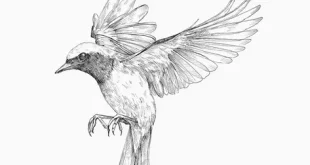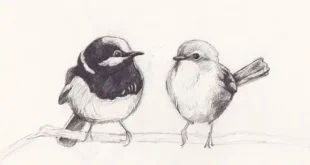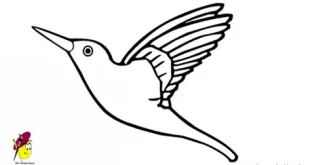Graceful Companions of Water: The Enchanting World of Ducks
Ducks are among the most captivating and versatile avian wonders gracing our planet. With their opulent plumage, refined elegance, and vivacious personalities, these remarkable waterfowl have earned a place of deep admiration in both natural ecosystems and human culture.
1. Natural Habitat and Global Presence
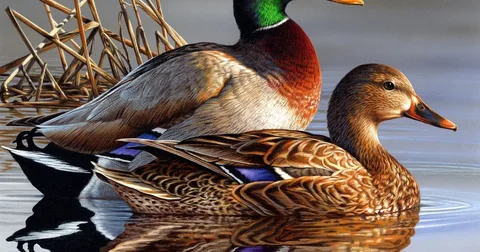
Ducks possess an extraordinary capacity to colonize diverse ecosystems across nearly every continent, with the exception of Antarctica. While many species are intrinsically tied to freshwater sanctuaries such as tranquil lakes, placid ponds, verdant marshes, and winding rivers, several have mastered survival in brackish coastal lagoons and saltwater habitats, illustrating their remarkable evolutionary flexibility.
In temperate zones, ducks embark on spectacular migratory odysseys, covering thousands of miles to reach favorable breeding and feeding grounds. Species like the Northern Pintail and Mallard traverse vast continents to escape inhospitable winters, showcasing their endurance and navigational genius. Conversely, species inhabiting tropical biomes often flourish year-round in resource-rich, climate-stable environments, eliminating the need for migration.
2. Behavior and Social Patterns
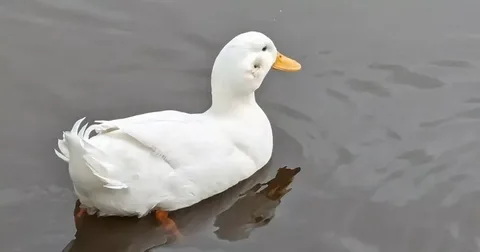
Ducks are highly intelligent and socially dynamic birds, celebrated for their intricate relationships and expressive communication. During daylight hours, they engage in **swimming, foraging, meticulous Preening — the meticulous arrangement of feathers coated with natural oils from a gland near the tail — maintains their flawless plumage and safeguards the waterproofing essential for their survival in aquatic habitats.
The breeding season reveals their most enchanting displays of courtship. Rituals often include synchronized swimming routines, radiant feather exhibitions, and melodious vocal serenades, designed to capture the attention of potential mates.Whereas many duck species create short-term seasonal connections, certain ones — such as the Mandarin ducks — are celebrated for forging lasting lifelong unions, representing steadfast devotion and profound affection revered across numerous cultural heritages.
Equally fascinating is their sophisticated communication system, encompassing a symphony of quacks, whistles, and soft grunts. These vocalizations transmit critical information — from warning signals against predators to coordinated movements during flight. Remarkably, even newly hatched ducklings instinctively respond to their mother’s distinctive calls, ensuring their safety and cohesion within the brood.
3. Astonishing Diversity of Species
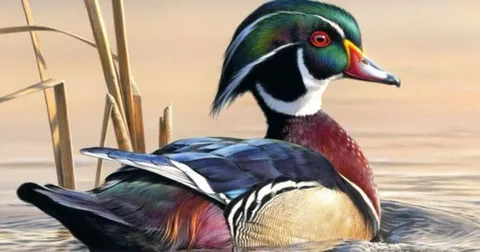
The duck family, classified under Anatidae, encompasses an exceptionally diverse lineage, with over 120 distinct species inhabiting nearly every corner of the globe. This astounding variety is a testament to millions of years of evolutionary refinement, resulting in species adapted to vastly different climates and ecological niches.
Northern Pintail (Anas acuta)** – A symbol of grace and refinement, distinguished by its sleek body, elegant neck, and tapering tail plumes, flourishing amidst **vast grasslands and nutrient-rich wetlands.
- Muscovy Duck (Cairina moschata) – Native to the Americas, these majestic, large-bodied ducks are distinguished by their red facial caruncles and serene temperament.
- Eider Duck (Somateria mollissima) – Inhabiting icy northern coastlines, Eiders are famed for producing exquisite down feathers, prized globally for crafting luxury bedding and couture insulation.
Such diversity not only enriches our ecosystems but also reflects the unparalleled adaptability of ducks to environments ranging from frozen tundras to tropical mangroves.
4. Ecological Importance and Role in Nature
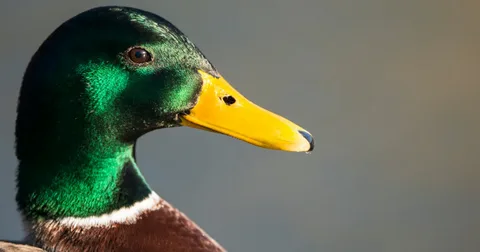
Ducks serve as indispensable architects of wetland health, maintaining delicate ecological balance and sustaining biodiversity. Through their movements, they facilitate seed dispersal, aiding the natural regeneration of aquatic flora. Their foraging helps control insect populations, mollusks, and other small organisms, preventing ecological imbalances.
Despite their ecological importance, ducks face perpetual challenges. Predators like foxes, raccoons, hawks, and aquatic fish prey upon both adults and vulnerable ducklings. To safeguard their offspring, many species develop ingenious nesting strategies, from camouflaged ground nests hidden among reeds to elevated tree cavities offering refuge from terrestrial threats.
5. Cultural Significance and Human Connection
Across the tapestry of human history, ducks have embodied deep cultural symbolism and timeless significance. Within Chinese tradition, a pair of Mandarin ducks signifies **eternal affection, prosperity, and blissful marital harmony.
. Native American folklore reveres them as *mystical envoys bridging water, sky, and earth*, embodying *spiritual balance and unity*.
Economically, ducks have been integral to human survival for millennia. Domesticated ducks provide nutritious meat, protein-rich eggs, and insulating feathers, sustaining communities worldwide. The luxurious down feathers derived from species like the Eider are synonymous with opulence, used to craft premium bedding, haute couture garments, and artisanal pillows.
Yet, in the modern age, ducks face mounting threats from habitat destruction, pollution, and climate instability. To safeguard these elegant creatures, global conservation efforts — ranging from wetland restoration and protected reserves to public education campaigns — are indispensable.
Conclusion
Ducks transcend the realm of simple waterfowl; they are living adaptability, ecological guardianship, and cultural richness. Their existence breathes life into wetlands, nurtures biodiversity, and enriches human culture with their grace, symbolism, and resilience.
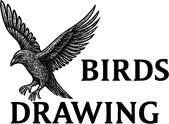 Birds Drawing Birds Drawing
Birds Drawing Birds Drawing

